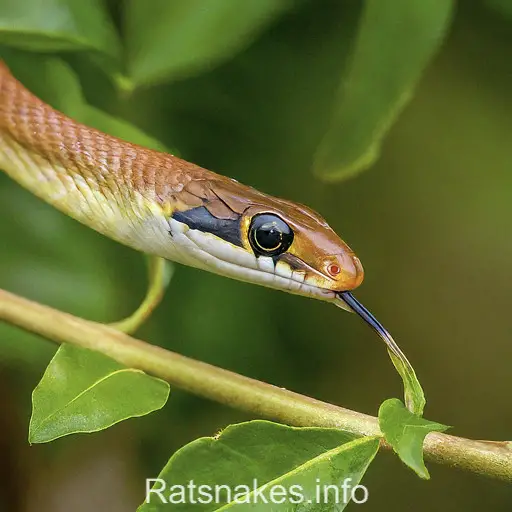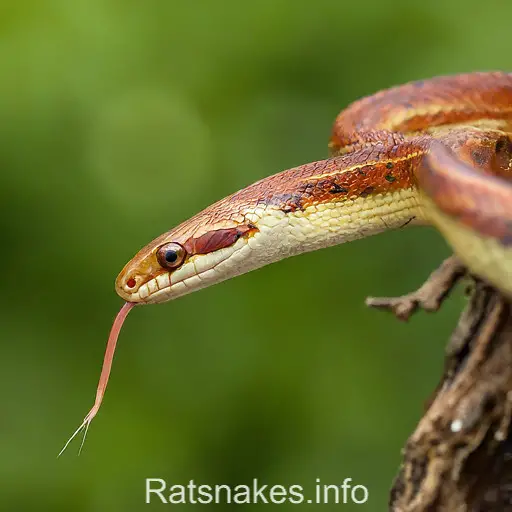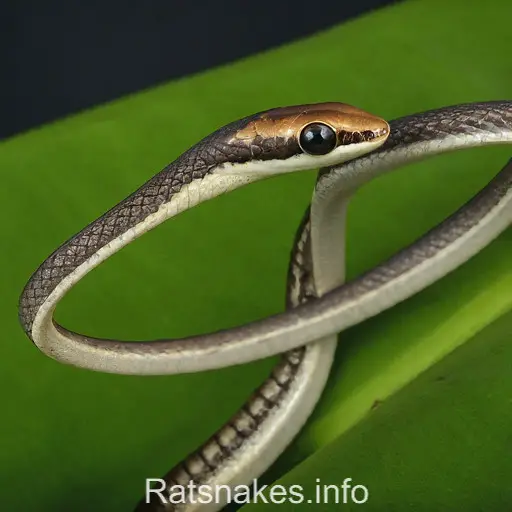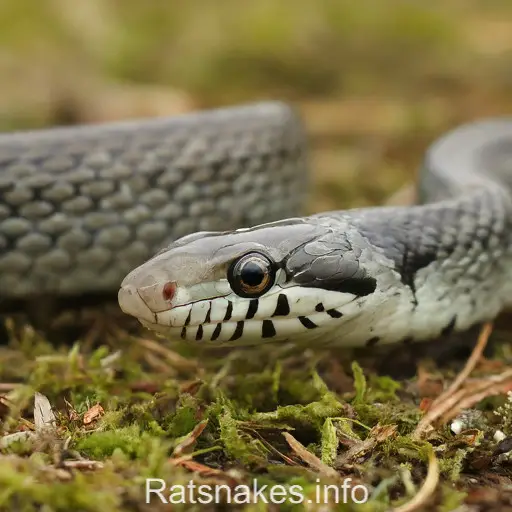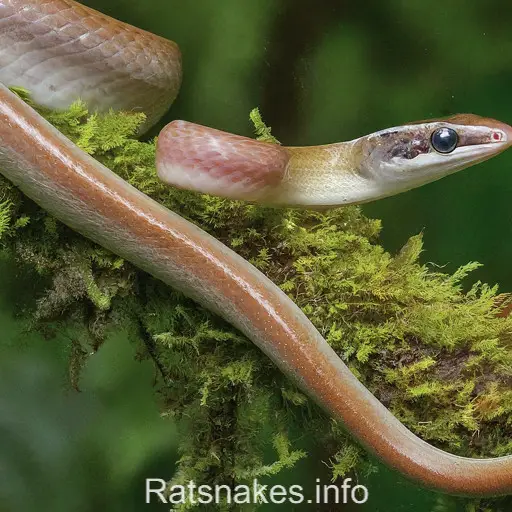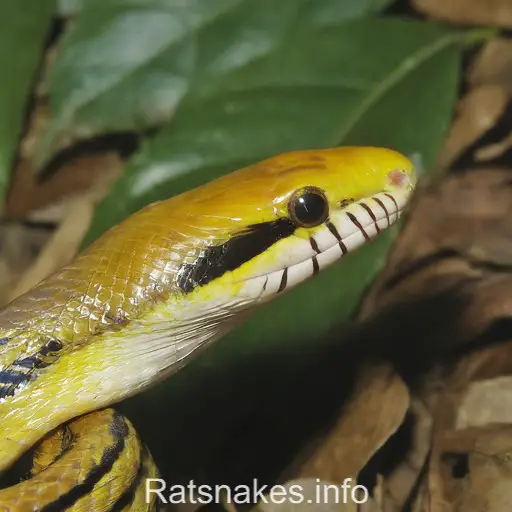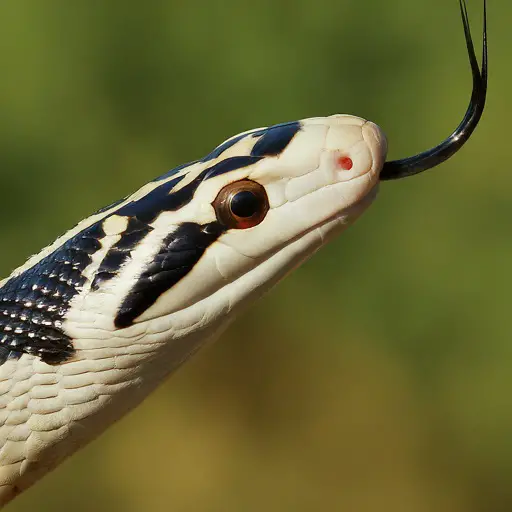
Are you ready to dive into the fascinating world of the Texas Rat Snake (Pantherophis obsoletus lindheimeri)? These slithery creatures are not only a common sight in the Lone Star State but also play a crucial role in maintaining the ecological balance of their habitats. From their distinctive appearance to their behavior patterns, there’s so much to uncover about these amazing reptiles.
Join us as we explore the unique characteristics and behaviors of the Texas Rat Snake. With their striking coloration and impressive climbing skills, these snakes are truly a marvel of nature. Whether you’re a seasoned herpetologist or simply curious about the wildlife in Texas, there’s something intriguing for everyone to learn about these remarkable serpents. Let’s unravel the mysteries of the Texas Rat Snake together.
Physical Description
When it comes to the physical appearance of the Texas Rat Snake, there are distinctive features that set them apart. These non-venomous snakes showcase a variety of colors that may consist of gray, yellow, orange, or brown, with dark-colored blotches along their back. Their scales are smooth to the touch, and they typically have a white or cream-colored underside. Adult Texas Rat Snakes can grow up to 4-6 feet in length, with females generally being larger than males.
One striking characteristic of these snakes is their keel-like scales, which give them a slightly rough texture compared to other snake species with smooth scales. This unique feature aids in their excellent climbing ability, allowing them to navigate various terrains with ease. Additionally, Texas Rat Snakes have round pupils and are known for their keen eyesight, which helps them in hunting for prey efficiently.
In terms of body structure, these snakes have a slender and elongated body, which enables them to move swiftly through their natural habitat. Their head is triangular-shaped and slightly wider than their neck, housing sharp teeth used for capturing and constricting their prey. With their remarkable physical characteristics, Texas Rat Snakes exemplify the beauty and adaptability of wildlife in their ecosystem.
Habitat and Distribution
Texas Rat Snakes, as their name suggests, are native to the state of Texas in the United States. They thrive in a variety of habitats, ranging from forests and grasslands to rocky hillsides. Their adaptability allows them to inhabit both rural and urban areas, making them a common sight in suburban neighborhoods as well.
These snakes are also found in neighboring states such as Oklahoma, Louisiana, and Arkansas. Their distribution extends into parts of Mexico as well. In the wild, they can be spotted in fields, farmlands, marshes, and along streams. Due to their excellent climbing skills, they are often seen in trees, searching for prey or basking in the sun.
Texas Rat Snakes are excellent climbers, thanks to their keel-like scales, which provide traction on rough surfaces. Their keen eyesight helps them locate prey, such as rodents, birds, and eggs, in their diverse habitats. Being non-venomous constrictors, they play a crucial role in controlling rodent populations in the areas they inhabit.
Overall, the habitat and distribution of Texas Rat Snakes showcase their versatility and ecological significance in the regions they call home.
Diet and Feeding Behavior
When it comes to diet, Texas Rat Snakes are primarily carnivorous, preying on a variety of animals to fulfill their nutritional needs. Their menu often includes:
- Rodents: Such as mice and rats, making them valuable for keeping rodent populations in check.
- Birds: Eggs and small birds are also part of their diet.
- Amphibians and reptiles: Like frogs, lizards, and other snakes.
These snakes are skilled constrictors, using their bodies to squeeze and suffocate their prey before consuming it whole. Their feeding behavior involves locating prey through scent and movement detection, striking swiftly and coiling around their target to overpower it.
With their ability to climb trees, Texas Rat Snakes are adept at hunting for birds and their eggs, often raiding nests for a meal. Their hunting prowess and diverse diet contribute to their role in maintaining ecological balance within their habitats.
Reproduction and Life Cycle
When it comes to the Reproduction and Life Cycle of Texas Rat Snakes, there are fascinating aspects to explore. These snakes are oviparous, meaning they lay eggs instead of giving birth to live offspring. Mating season usually occurs in the spring, with females laying a clutch of eggs around early summer.
A female Texas Rat Snake can lay anywhere from 5 to 30 eggs in a single clutch, depending on various factors such as age, health, and environmental conditions. The incubation period for these eggs typically lasts 6 to 10 weeks, after which hatchlings emerge.
Upon hatching, the young Texas Rat Snakes are roughly 12 to 24 inches in length. They are independent from birth and must fend for themselves. As they grow, these snakes shed their skin regularly to accommodate their increasing size. This shedding process, known as ecdysis, allows them to grow and thrive in their natural habitat.
Texas Rat Snakes reach sexual maturity at around 2 to 3 years of age. Once mature, they partake in the mating ritual to continue the life cycle of their species. Understanding these reproductive patterns and life stages provides insight into the resilience and adaptability of these fascinating creatures.
Conservation Status
When it comes to the Conservation Status of the Texas Rat Snake (Pantherophis obsoletus lindheimeri), we find ourselves in a somewhat positive position as these snakes are currently designated as a species of Least Concern. This classification is based on their widespread distribution and stable population trends observed in their natural habitats. Despite facing threats such as habitat loss due to urbanization and agricultural development, Texas Rat Snakes have shown an ability to adapt to different environments.
One of the key factors contributing to the conservation status of Texas Rat Snakes is their generalist diet. These snakes are known to feed on a variety of prey, including rodents and birds, which helps maintain a balance in the ecosystem. Additionally, their secretive nature and excellent climbing abilities allow them to thrive in diverse landscapes, from forests and grasslands to urban areas.
As responsible stewards of our environment, it’s important for us to continue monitoring the population trends and habitats of Texas Rat Snakes to ensure that they are adequately protected. By promoting habitat conservation and sustainable land management practices, we can help safeguard the future of these fascinating reptiles for generations to come.
Key Takeaways
- Texas Rat Snakes are non-venomous reptiles native to Texas known for their striking coloration and excellent climbing abilities.
- They play a vital role in controlling rodent populations in their habitats by preying on rodents, birds, and other animals.
- Texas Rat Snakes are oviparous, laying eggs in early summer, with females producing clutches of 5 to 30 eggs.
- The conservation status of Texas Rat Snakes is currently classified as Least Concern due to their widespread distribution and adaptable nature.
- Monitoring population trends and promoting habitat conservation are essential for ensuring the long-term survival of these fascinating reptiles.
Conclusion
Texas Rat Snakes, classified as a species of Least Concern, play a vital role in maintaining ecosystem balance. Despite challenges like habitat loss, these adaptable snakes thrive in diverse environments. Monitoring their populations and preserving their habitats are crucial for ensuring the future of Texas Rat Snakes. By promoting habitat conservation and sustainable land management, we can contribute to safeguarding these fascinating creatures for generations to come.

